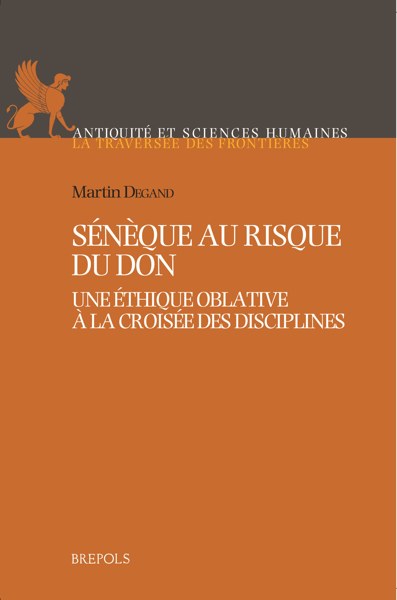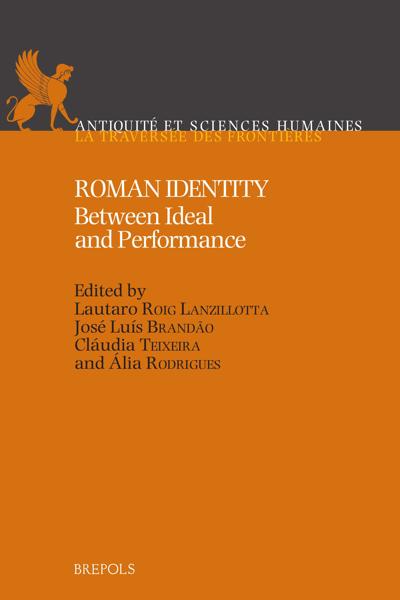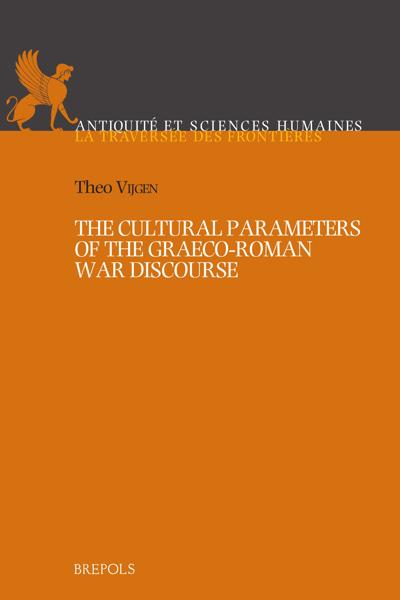
Spectacle Benefaction and the Politics of Appreciation
Case Studies from Italy, Gallia Narbonensis and Africa Proconsularis
Rosemary Morgan
- Pages: 358 p.
- Size:156 x 234 mm
- Illustrations:21 col., 15 tables b/w.
- Language(s):English, French, Latin
- Publication Year:2025
- € 85,00 EXCL. VAT RETAIL PRICE
- ISBN: 978-2-503-61370-3
- Paperback
- Available
- € 85,00 EXCL. VAT RETAIL PRICE
- ISBN: 978-2-503-61371-0
- E-book
- Available
Citing epigraphic evidence from Italy, Gaul and North Africa in the imperial period, this study identifies the ways local elites accessed and exploited political representation to achieve lasting esteem through public munificence
A relative latecomer to the study of antiquity, Rosemary Morgan enjoyed a career as secondary school educator and administrator. She obtained a PhD (school choice policy effects on local education markets) at Deakin University, 2010. She is presently completing a second doctoral thesis (periodic markets in the north African frontier zones) at the University of Melbourne.
In the remotest corners of the Roman Empire, large crowds were as beguiled by spectacles as their Roman counterparts. Provincial spectacles however, did not share the technical wonders of flying machines, elephant dressage and synchronised swimming seen at imperial extravaganzas. Is it this lack of the sensational that accounts for the relative paucity of scholarly attention paid to regional spectacles and in particular, their sponsors?
When spectacles are viewed purely as entertainment, the messy realities of institutionalized social, economic and political power that regulated them are obscured. A clearer understanding of the spectacle can therefore be achieved by contextualizing it in the big picture of regional and provincial life against the backdrop of Roman power and control. The spectacle itself was highly political in its aims and intent. Access to sponsorship of a spectacle similarly relied on hierarchies of political power and privilege, and consequently required strategic negotiation of candidacy, promises, expenditure and recognition. Rivalry, competition and emulation was endemic.
This epigraphic analysis, focusing on the western Roman Empire (Italy, Gaul and North Africa) during the Imperial period, identifies the milieux of provincial sponsors, their strategies and quest for public honours.
Acknowledgements
Introduction
Chapter 1. The Context of the Provincial Spectacle
Chapter 2. Becoming a Sponsor: Negotiating the Socio-political Hierarchy
Chapter 3. De sua pecunia: The Sponsor Makes his Mark
Chapter 4. Hierarchies of Recognition
Chapter 5. Beyond Honorific Statuary: Self-celebration of Elites in the Private Sphere
Chapter 6. Options for the Non-elite
Conclusion. De sua pecunia: Spectacles, Sponsors and Civic Prominence
Appendices
Ancient Sources
Bibliography




